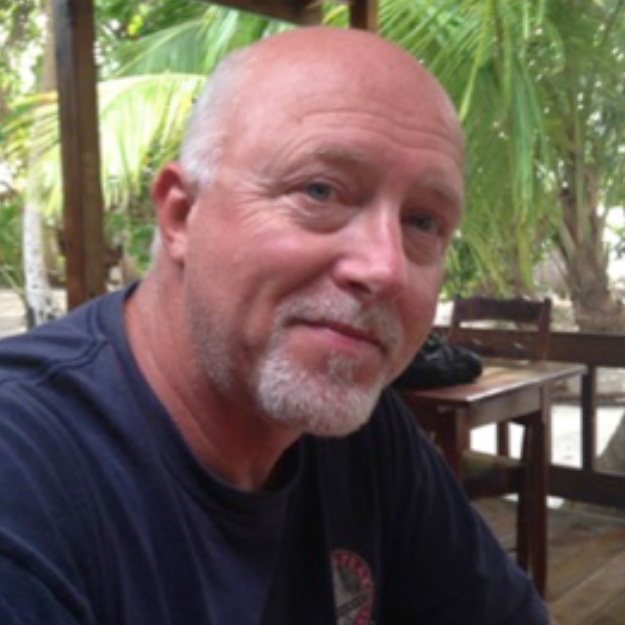The Coastal Conservation and Restoration Laboratory at Florida International University is a state-of-the-art facility located on Biscayne Bay in Miami, FL. The lab offers indoor and outdoor facilities. Outdoor facilities are ideal for clean cultures and ecological studies. Indoor facilities are fit to maintain clean cultures and conduct ecotoxicology studies, behavioral studies, or swimming performance studies. The laboratory is uniquely equipped with saltwater, estuarine water, freshwater, and DI water.
The ecotoxicology branch of the facility has been known for years as the Ecotoxicology and Risk Assessment Laboratory. Since 1999, the laboratory has been conducting freshwater and saltwater ecotoxicity studies to meet regulatory requirements in the U.S. and internationally with organic and inorganic chemicals including metals, pesticides, industrial chemicals, pharmaceuticals/personal care products (PPCPs), effluents, petroleum and petroleum products with native, exotic and standard invertebrate and vertebrate test species.
The unique features of the laboratory include computer-automated water and sediment flow-through test systems, and specialized expertise and monitoring equipment to assess locomotor behavior and fish swimming performance following exposure at various life stages of an organism.


A detailed description of both indoor and outdoor facilities and systems is listed below. If you are a research scientist interested in requesting use of the facilities, please follow the instructions in Facilities Use Request. If you have any questions, do not hesitate to contact us.
Indoor facilities and systems include:
- Aquatic Habitat Stand-Alone Systems
- Freshwater (FW) culture system
- Saltwater (SW) or estuarine culture system
- Automated electric gear pump diluter systems
- Mini diluter system
- Sediment diluter systems
- Stand-up incubators
- Swimming Performance Facility
- Behavior Facility
- Additional equipment
Outdoor facilities and systems include static and recirculating tanks capable of accommodating freshwater, estuarine water and saltwater.
Outdoor
Our facilities include an outdoor tank area with several recirculating and static aquatic systems. These systems are located next to the boat ramp and dock and are equipped with several salt water, estuarine, and freshwater systems with access to 58 tanks. Salt water is supplied from two dedicated salt water wells, and freshwater is supplied by the city (city water). The estuarine water is supplied by an automated system that mixes salt water and freshwater to the salinity of interest (see designated areas below for details on water access).
Areas A and B are freshwater, estuarine and saltwater systems: Freshwater, estuarine water and saltwater is available.
Areas C and D are saltwater systems: Water source is seawater from an adjacent salt water well.

Contact
Mark J. Butler IV
Walter and Rosalie Goldberg Professor of Tropical Ecology and Conservation
mbutleri@fiu.edu
















